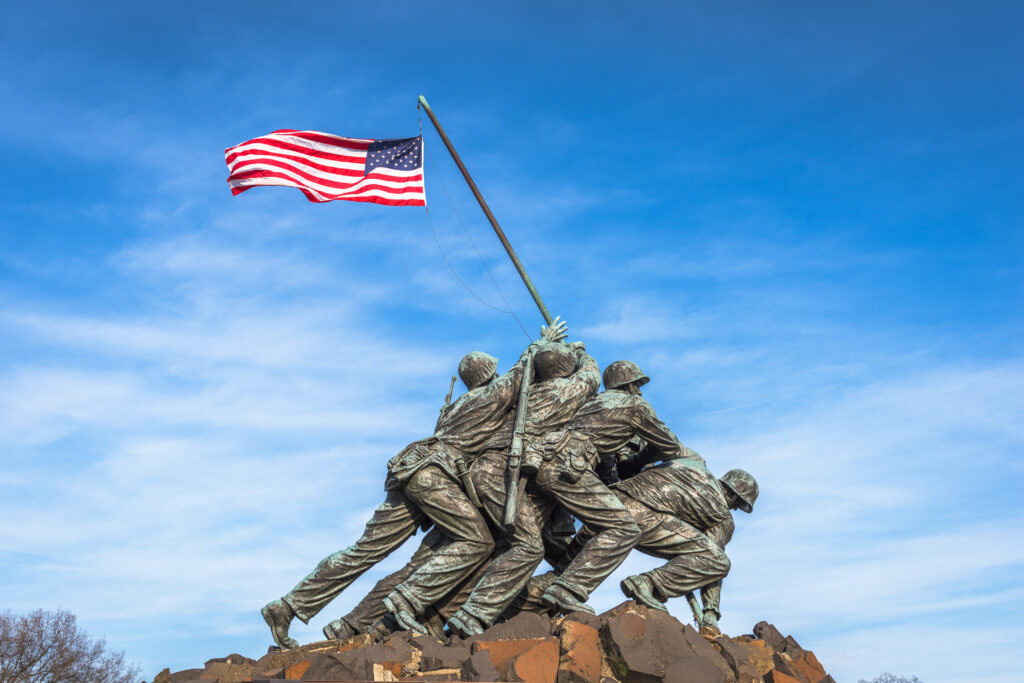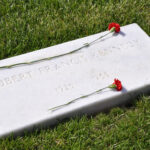The Battle of Iwo Jima was a significant moment in the Pacific theater of World War II. It took place between February 19 and March 16, 1945, and saw the United States Marines fight against the Japanese on the island of Iwo Jima in the Pacific Ocean. The battle was fought as a prelude to the invasion of Japan and was seen as a crucial step towards bringing the war to a close.
One of the defining moments of the battle came on February 23, when a group of United States Marines reached the top of Mount Suribachi on the island and were photographed raising the American flag. The photograph, taken by Associated Press photographer Joe Rosenthal, became one of the most famous images of the war and symbolized the American victory in the battle.
The flag-raising on Mount Suribachi was not the first American flag to be raised on the island. A smaller flag had been raised earlier in the day by a different group of Marines. However, the larger flag that was raised later in the day was seen as a more significant symbol of American victory, and it was the flag that was captured in Rosenthal’s photograph.
The battle of Iwo Jima was one of the bloodiest of the war, with over 26,000 American casualties and over 22,000 Japanese casualties. Despite the heavy losses, the American victory was seen as a turning point in the war and a key moment in the eventual defeat of Japan.
The photograph of the flag-raising has been reproduced countless times and remains one of the most recognizable images of the war. The six Marines who raised the flag on Mount Suribachi have become symbols of American heroism and their bravery continues to inspire generations of Americans.
References:




